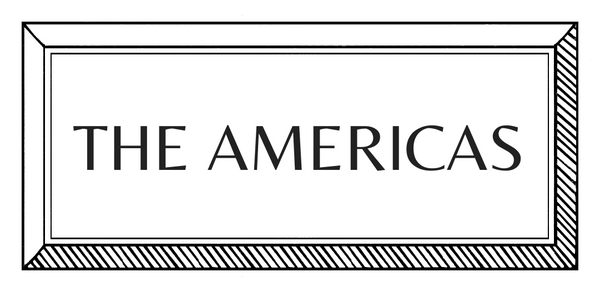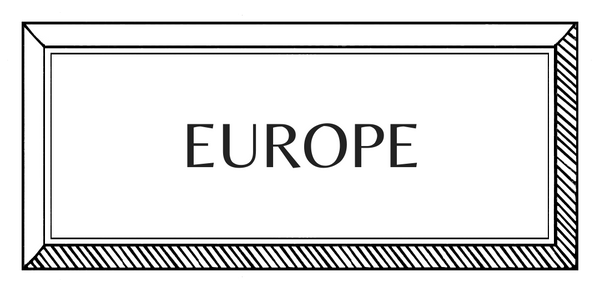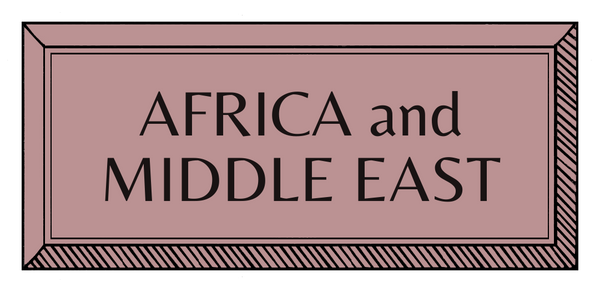MAKERS | EUROPE | BELGIUM | JEWELLER
Catherine Rochtus | Jeweller

Meeting Catherine Rochtus is like stepping into the heart of her craft—a celebration of nature’s quiet elegance and the joy of creation. The Belgian jeweller transforms stones gathered during Shinrin-yoku, the Japanese ritual of forest bathing, into exquisite, bespoke pieces replicating the natural world. Her atelier within Axel Vervoordt’s Het Kanaal project reflects her philosophy—a space where craftsmanship meets creativity and purist simplicity.
How did you begin?
"There are several reasons why I started creating jewellery. One certainty is that it must have been in my DNA. My father was a jeweller in the classical sense, so it was my lifestyle even as a child. In those days, I was more of a dreamer and often creative.
"Perhaps subconsciously, the urge to prove myself also played a role. Although there was no pressure from my parents to follow in their footsteps, it must have influenced my later choice of studies."
How did you learn?
"I began my studies at the Royal Academy of Fine Arts in Antwerp, where Professor Wim Ibens had recently set up a jewellery design department. I had a technical advantage because of everything I had seen at home.
"At the Royal Academy, I was immersed in a different dimension: aesthetics. I learned why a piece of jewellery looks the way it does, about its proportions, material, history, and so on. Of course, the many years I spent working in different ateliers also shaped and enriched me."

How do you plan, prepare and create your works?
"When I pick up an exceptional stone, a design pops up in my mind. Its uniqueness, the feel, the colour, all point me in the direction I want to go. Sometimes, I add other elements because they enhance each other in the design. The choice of metal, precious or otherwise, is also very important in creating a whole. Although you are working with precious materials, my vision is that a piece of jewellery should have a certain humility and be in harmony with the cosmos and later with the wearer.
"The choice of metal also determines the alloy, which are fixed values that must be adhered to. Gold, silver and/or copper are melted together in a lingot and then rolled or drawn into wire. Fine saws are used to cut out the shapes meticulously. The pieces are then shaped into the desired shape using various hammers. These parts are fitted together within a hundredth of a millimetre to form a whole that is later perfectly joined by soldering.
"By law, each piece of jewellery must be stamped with a fineness mark and master stamp to identify the maker. The decoration techniques are endless. The greater your skill, the more fascinating the result. The final stage involves setting the stones or diamonds and threading pearls onto the jewellery."

Who or what most influences your work?
"I find nature incredibly inspiring. I rarely come home empty-handed after a walk. Often, the shape of a twig catches my eye, or a dried seed from a tree or some moss I come along. But a beautiful exhibition or an encounter with a fascinating person can inspire me. I store it all in my creative brain."
Are there any themes running through your work?
I work towards a particular theme for a planned exhibition, like a series of 12 different rings inspired by the lotus flower in Egyptian hieroglyphics. Recently, I was fascinated by the beauty of wilted tulips and made several unique brooches, including one that contains tulip perfume. Hortus Conclusus Tulipa is a perfume created by Ronald van der Hilst, a landscape architect passionate about old tulip varieties. Together, we held an exhibition at his House of Tulips.
What does a typical day look like?
"My day starts with a 'good morning' to the things in my atelier and a quick coffee to review the planning. Then, I put on my apron and sit on the workbench where my creations meticulously take shape.
"On Fridays and Saturdays, visitors of the gallery and museum Axel Vervoordt stop by. Art lovers from every continent come to marvel at this unique place. Visitors discover my studio, where my jewellery collection is also on display."

What are the best and worst things about being a craftsperson today?
"Creating beautiful jewellery gives me immense satisfaction, joie de vivre, and positive energy. It is wonderful to know that you can make jewellery from start to finish. Of course, it takes years of practice, searching, and constant experimentation.
"You also need patience and perseverance, which are challenges in these times of ‘instant and easy’. Even professors who can inspire young people with their technical baggage are few and far between. The new generation of jewellery designers creates and 3D prints their products on the computer. Fortunately, there will always be exceptions, such as those who accept the challenge and want to put a soul into a piece of jewellery. They will make a difference and elevate the piece into art."
A place or space that inspires you?
"It may be a cliché, but Venice is a truly enchanting city. A city of history and art, a city of lost artists, and as the writer Serge Simonart so beautifully puts it: "Venice is a state of mind, a refuge for dreamers and a spiritual spa, a sanatorium for fallen angels".
"I love to stroll through its quiet streets, especially in the evening, or listen to the sound of the lagoon. Other places inspire me, too, and I dream of someday travelling to countries like Japan, Armenia, and Iran."
Interview by Emma Becque
Images from Isabel Bronts

































